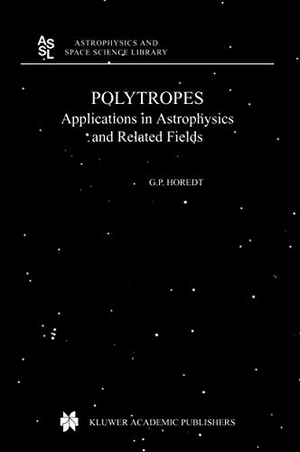Für statistische Zwecke und um bestmögliche Funktionalität zu bieten, speichert diese Website Cookies auf Ihrem Gerät. Das Speichern von Cookies kann in den Browser-Einstellungen deaktiviert werden. Wenn Sie die Website weiter nutzen, stimmen Sie der Verwendung von Cookies zu.
Cookie akzeptieren
- Springer Netherlands
- 2010
- Taschenbuch
- 736 Seiten
- ISBN 9789048166459
While it seems possible to present a fairly complete uni?ed theory of undistorted polytropes, as attempted in the previous chapter, the theory of distorted polytropes is much more extended and - phisticated, so that I present merely a brief overview of the theories that seem to me most interesting and important. Basically, the methods proposed to study the hydrostatic equilibrium of a distorted self-gravitating mass can be divided into two major groups (Blinnikov 1975): (i) Analytic or semia- lytic methods using a small parameter connected with the distortion of the polytrope. (ii) More or less accurate numerical methods. Lyapunov and later Carleman (see Jardetzky 1958, p.
Mehr
Weniger
zzgl. Versand
in Kürze